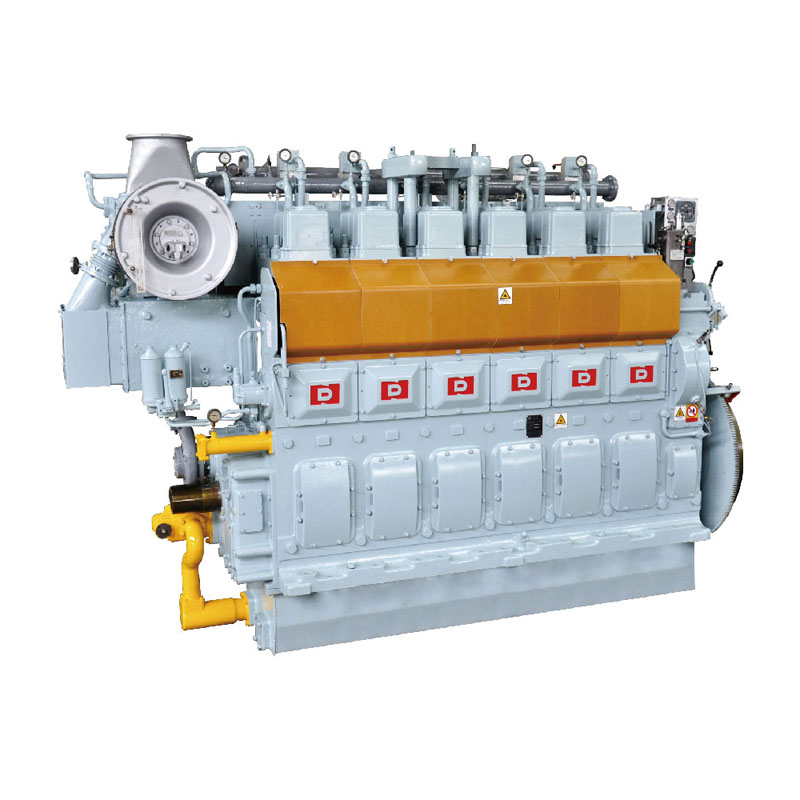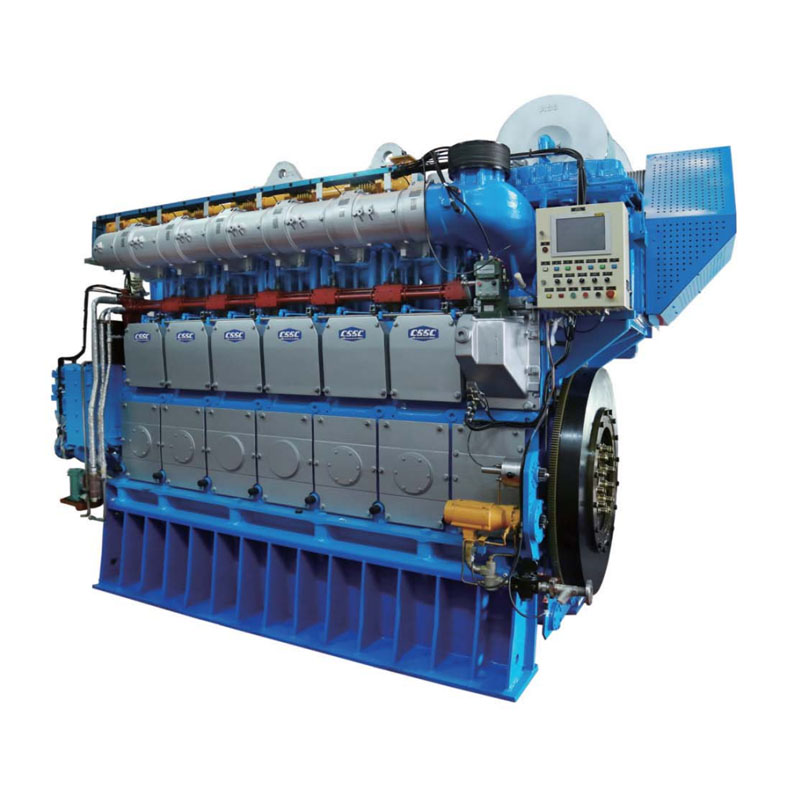What special precautions are needed for marine engines to minimize malfunctions when sailing in cold waters?
2025-10-16
Marine engines are particularly prone to malfunctions when sailing in cold waters. Low temperatures can cause fuel to freeze, lubricants to thicken, and pipes to freeze and crack. Without proper precautions, engines can stall mid-flight, compromising navigation safety. Many crew members ask, what special precautions are needed for engines to minimize malfunctions when sailing in cold waters?

Changing Cold Fuel
The fuel system is most susceptible to problems in cold waters. Ordinary diesel can produce wax at temperatures below 0°C. Even lower temperatures can cause freezing, clogging fuel lines and filters. Marine engines can't draw fuel and won't operate. If you don't have time to change the oil or are worried about a sudden drop in temperature, add fuel antifreeze to the tank according to the dosage specified in the manual. This will lower the freezing point of the fuel and prevent wax from precipitating. Also, before sailing each day, check the fuel tank and fuel lines for ice. If there's even light ice, don't use a fire to heat it directly. Instead, run hot water over the fuel lines to slowly melt the ice.
Changing Low-Temperature Oil
The lubricating oil in marine engines thickens like honey at low temperatures, making it difficult to pump and unable to lubricate moving parts like the pistons and crankshaft. This can cause wear at best and even seizure at worst. Therefore, before sailing in cold waters, it's imperative to change the marine engine's lubricant to a low-temperature-specific oil, such as SAE 5W-30 or 0W-40. These oils have excellent low-temperature fluidity, allowing them to flow smoothly and coat all components even at low temperatures. Also check the oil filter during the oil change. If there are impurities in the filter, which can easily clog the oil lines at low temperatures, it's best to replace it with a new one. Also check the oil level and temperature regularly while sailing. If the oil temperature is too low, increase the engine rpm slightly to allow the oil temperature to rise gradually.
Add antifreeze to the cooling system
The marine engine's cooling system is prone to freezing and cracking in cold temperatures. When water freezes, it expands, rupturing pipes and the radiator. If the coolant leaks out, the marine engine will overheat. Therefore, before sailing, replace the ordinary water in the cooling system with antifreeze. Choose an antifreeze suitable for low temperatures, such as one with a freezing point below -30°C. This ensures that the antifreeze won't freeze even in low sea temperatures. Before adding antifreeze, drain any old water from the cooling system. Avoid mixing it with other water, as this will reduce the antifreeze's effectiveness and may also cause scale to clog the pipes.

Insulate the Starting System
Marine engines can be difficult to start in cold temperatures. This is because the battery's discharge capacity decreases, leaving insufficient charge to power the starter. Furthermore, the low air temperature in the cylinders prevents fuel from atomizing and burning. Therefore, insulate the starting system. For example, cover the battery with an insulation jacket to prevent rapid charge loss. If conditions permit, wrap the starter with insulation to reduce heat loss.
Protecting Exposed Components
Exposed components of a marine engine, such as the intake and exhaust pipes, and valves, can experience performance degradation in cold temperatures. For example, ice in the intake pipe can reduce air flow, and stiff valves can cause erratic opening and closing. Therefore, it's important to protect these exposed parts from the cold. For example, wrap the intake pipe with cotton to prevent direct cold air ingress, and apply a little low-temperature grease to the moving parts of the valves to prevent them from becoming stiff due to the low temperature. Additionally, regularly inspect these exposed parts for ice or snow accumulation. If so, clean them promptly to prevent melting snow from seeping into the components and causing rust or malfunction.
























